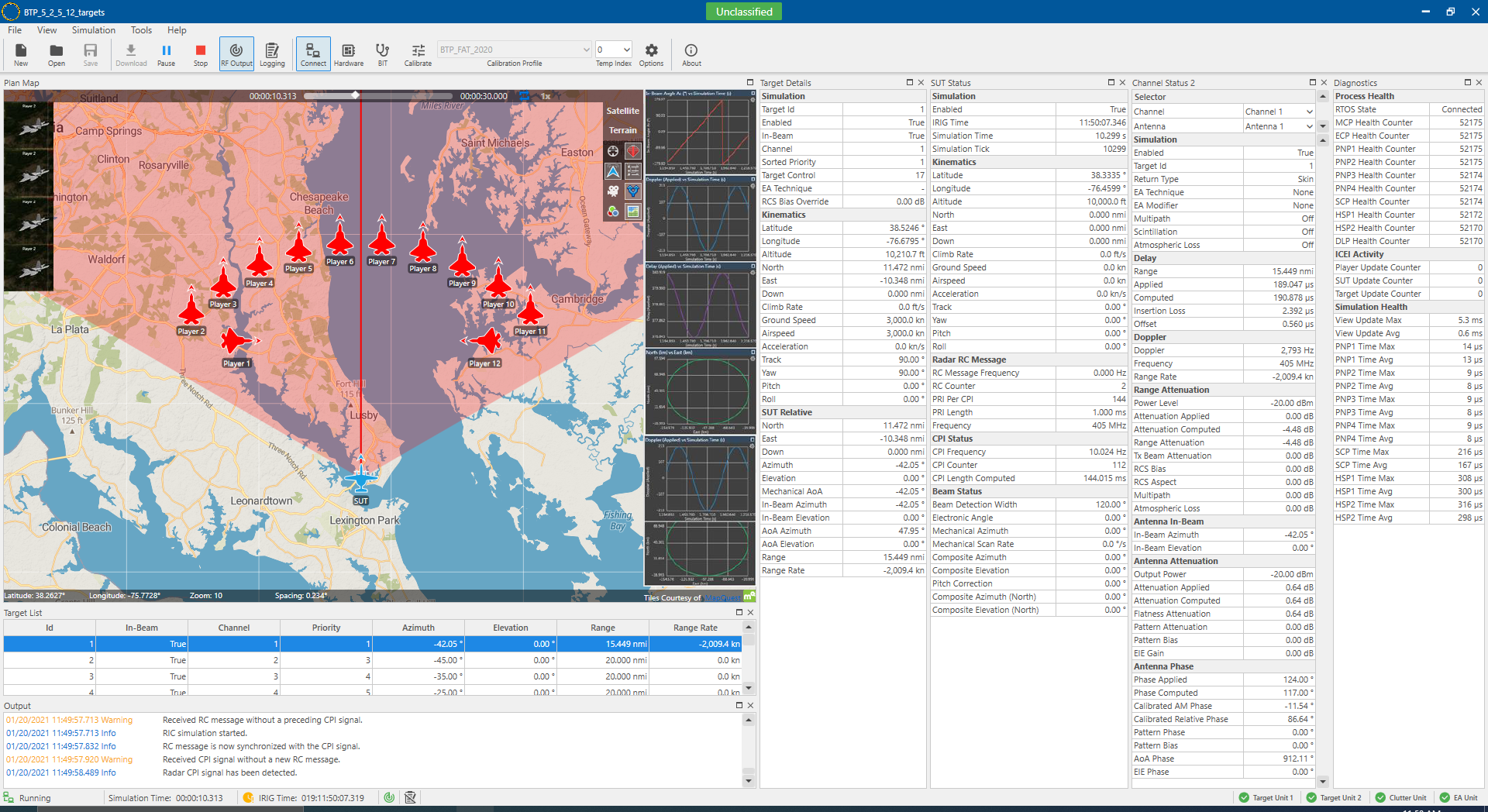ARES3100 Advanced Radar Environment Simulator
Bringing proven DRFM-based technology to an out-of-the-box simulator system
Bringing proven DRFM-based technology to an out-of-the-box simulator system
The ARES3100 advanced radar environment simulator offers out-of-the-box development timelines without the limitations found in custom-builds. View what comes in a standard system and the expansion options with the ARES3100 product builder flowchart.
Understanding the results of radar testing requires a user-friendly interface that clearly describes the simulated environment. Mercury’s radar simulator illustrates the location and movement of the system under test, as well as a high number of targets, allowing you to develop ideal scenarios for a specific radar and compare the results for system optimization.
